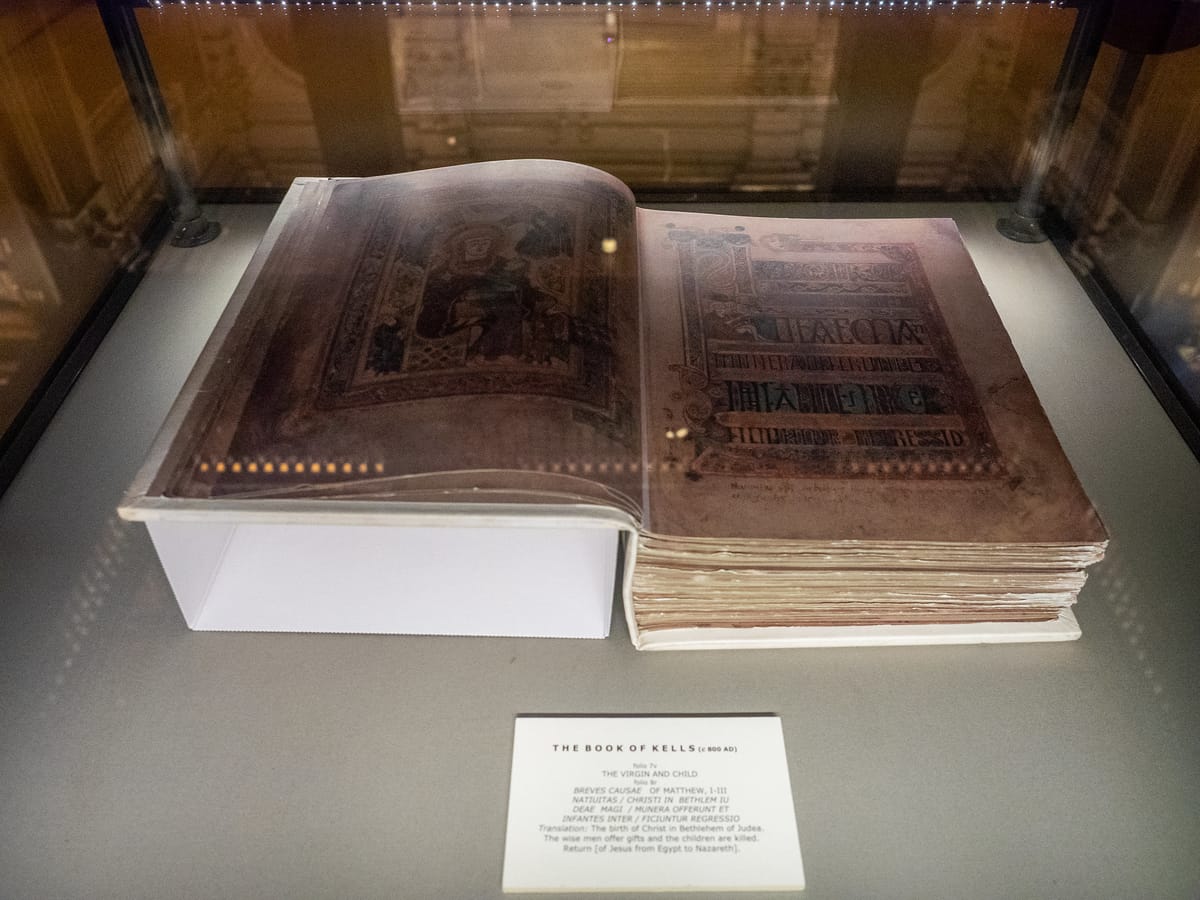Book of Kells: Pictish Shock to a Cherished Origin Story
New research points to Portmahomack, eastern Scotland, as the birthplace of the Book of Kells, recasting the manuscript’s origins and the power of Pictish craft.

The Book of Kells, long claimed by Iona, may in fact be Pictish. A new study throws open the doors on one of Europe’s most sacred objects, placing its creation not on a Hebridean island but in a windswept monastery at Portmahomack, north-east Scotland.
Dr Victoria Whitworth argues the manuscript’s riot of colour and intricate script lines up with Pictish sculpture and vellum craft uncovered in Easter Ross. A monk’s chisel, stone crosses with Kells-like lettering, and the sheer scale of production hint the Picts were not silent barbarians but master scribes.
If true, this would wrench the manuscript out of Ireland’s founding myth and rewrite early medieval Scotland. It would mean the Picts—long dismissed as shadowy warriors—produced Europe’s most dazzling Gospel book.
The debate will not die easily. Trinity College Dublin, where the book has sat since the 1600s, points to the tangled migrations of monks, artists and relics across Ireland and Britain. But with new digs and sharpened eyes, the Book of Kells may glow with Pictish fire after all.
© ART Walkway 2025. All Rights Reserved.





